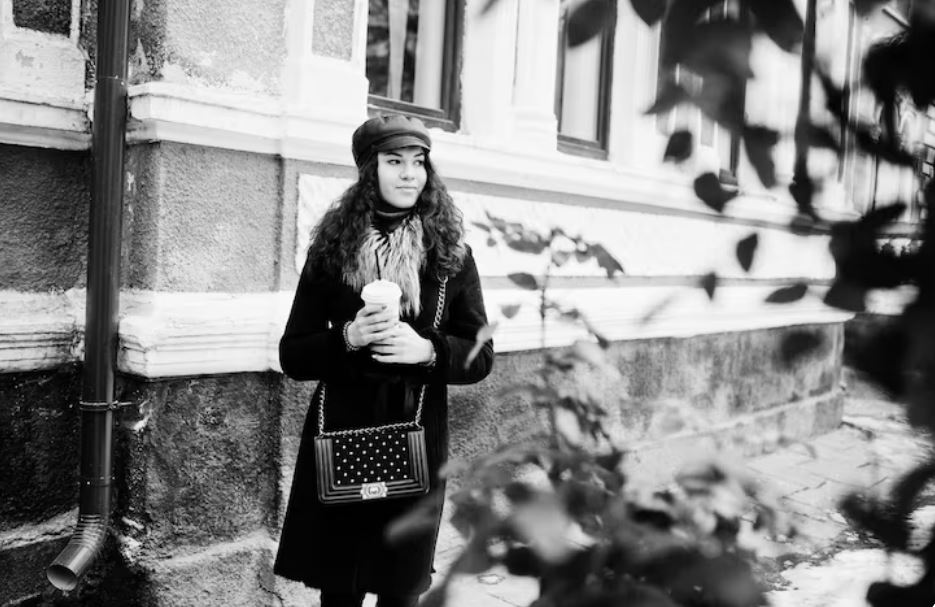
Alfred Stieglitz was a cultural architect who changed the way people thought about photography. He was more than just a man with a camera. His impact was remarkably similar to that of Steve Jobs, who revolutionized consumer technology by convincing audiences that their creations were not only useful but also profoundly artistic.
He was born to German-Jewish immigrants in Hoboken and settled in Berlin, where he developed a lifelong obsession with photography. His ability to transform everyday scenes into poetic visions had improved significantly by the time he returned to New York in 1890. In winter, The Terminal displayed steam and horses with the elegance of a Turner canvas, while Fifth Avenue depicted a snowstorm as though it were a painting. By redefining grit as beauty, these pictures significantly enhanced Americans’ perceptions of their own city.
Alfred Stieglitz Biography and Career
| Detail | Information |
|---|---|
| Full Name | Alfred Stieglitz |
| Born | January 1, 1864, Hoboken, New Jersey, United States |
| Died | July 13, 1946, Manhattan, New York, United States |
| Known For | Photography pioneer, promoter of modern art |
| Spouses | Emmeline Obermayer (1893–1924), Georgia O’Keeffe (1924–1946) |
| Children | Katherine Stieglitz |
| Movements | Pictorialism, Photo-Secession, Straight Photography |
| Famous Works | The Steerage (1907), Winter, Fifth Avenue (1893), Equivalent (1920s), portraits of Georgia O’Keeffe |
| Publications | Camera Notes, Camera Work |
| Legacy | Elevated photography to fine art, supported Picasso, Matisse, O’Keeffe |
| Reference | Metropolitan Museum of Art – Alfred Stieglitz |
He was especially inventive in his editorial work with Camera Notes and later Camera Work. These journals were more than just magazines; they served as venues for him to compare photographs with European avant-garde art. By doing this, he established a discourse whose goal was remarkably clear: photography should be treated with the same reverence as Rodin’s chisel or Picasso’s brush. By doing this, he transformed print into a site of cultural conflict where concepts were tried and reformed.
In 1902, he established the Photo-Secession, which became a rallying cry for photographers looking for artistic legitimacy. His Fifth Avenue gallery, “291,” featured surprisingly daring exhibitions that combined photographs with avant-garde pieces by Matisse, Cézanne, and Brancusi. Visitors were urged to view photography as innovative rather than as copying. Stieglitz made 291 a meeting place for American modernism by working with Steichen. It changed people’s opinions much more quickly than scholarly lectures or manifestos, and for many, it was their first introduction to European modern art.
The Steerage (1907), arguably his most famous work, is still studied today. It shows immigrants on a ship, but even before Cubism gained popularity, the harmony of shapes and the presence of people echoed it. He demonstrated how the camera could produce compositions as profound as any painting by transforming social reality into visual music in that image. It was a photograph that demonstrated how effectively the medium could convey the narrative of contemporary life without the need for extraneous details.
Equally significant was his later move toward “straight photography.” His Equivalents, a collection of cloud studies, showed how abstract photography could be. Without any conventional subject matter, these pictures turned into incredibly powerful emotional analogies. Stieglitz converted inner states into silver and light, much like Beethoven did when he converted feeling into sound. Depending on the audience, the Equivalents could arouse happiness, sadness, or introspection. They continue to serve as a benchmark for artists who want to comprehend the meaning that form itself can convey.
His legend was enhanced by his personal relationship with Georgia O’Keeffe. He took over three hundred pictures of her, frequently breaking up her body into studies of her hands, neck, or torso. These were not just portraits; they were psychological landscapes that showed various facets of vulnerability, ambition, and intimacy. They were incredibly resilient photographs that continue to be displayed in galleries and fetch astronomical prices when sold at auction. Simultaneously, Stieglitz tirelessly promoted her paintings, demonstrating his role as an equal partner and mentor. Their partnership, which combined painting and photography in a union of passion and creativity, turned into a cultural legend.
His curatorial vision went beyond his own artistic creations. He positioned artists like Marsden Hartley and John Marin as uniquely American voices at his gallery, “An American Place,” which opened in 1929. Stieglitz gave America the assurance that it could compete with Europe in the realm of art during a time when the country was struggling to find its cultural identity. His insistence on cross-medium dialogues helped modernist painters gain recognition, so this contribution was especially helpful to them.
His impact is still very much felt today. His images are valued by museums for their historical significance as well as their aesthetic value. His vision has remained incredibly dependable in terms of both cultural and commercial value, as evidenced by the millions of dollars sold for pieces like Georgia O’Keeffe—Hands. His “Key Set,” which O’Keeffe put together after his passing to preserve his best pieces for future generations, is housed at the National Gallery of Art.
Alfred Stieglitz was right to be optimistic about the possibilities of photography. He maintained that the medium could stand alone alongside painting, and it certainly does now. His idea that a photograph should be able to stand alone is still a tenet that guides artists today. He persuaded doubters that contemporary life, with its skyscrapers, ships, and clouds, could be turned into timeless art, which had an impact on society in addition to the arts. By doing this, he not only left behind photographs but also a philosophy that is incredibly effective, incredibly clear, and incredibly motivating.

